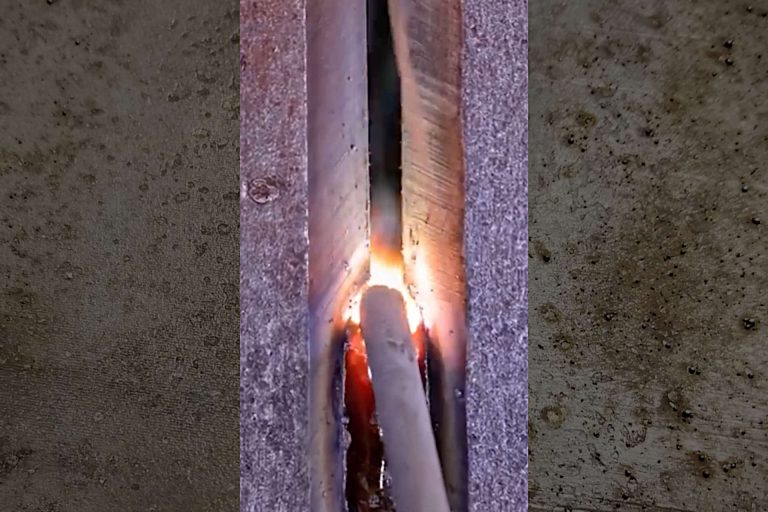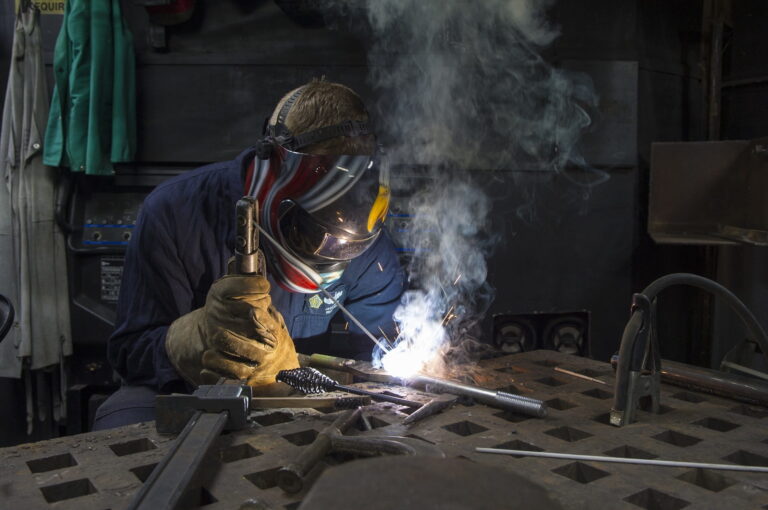Low Hydrogen Open Root Welding: A Comprehensive Guide
What is Low Hydrogen Open Root Welding? Low hydrogen open root welding is a technique that combines the use of low hydrogen electrodes with an open root joint configuration. This approach is crucial in preventing hydrogen embrittlement, a metal failure caused by trapped hydrogen leading to brittleness and fractures. Low hydrogen electrodes are designed to…






